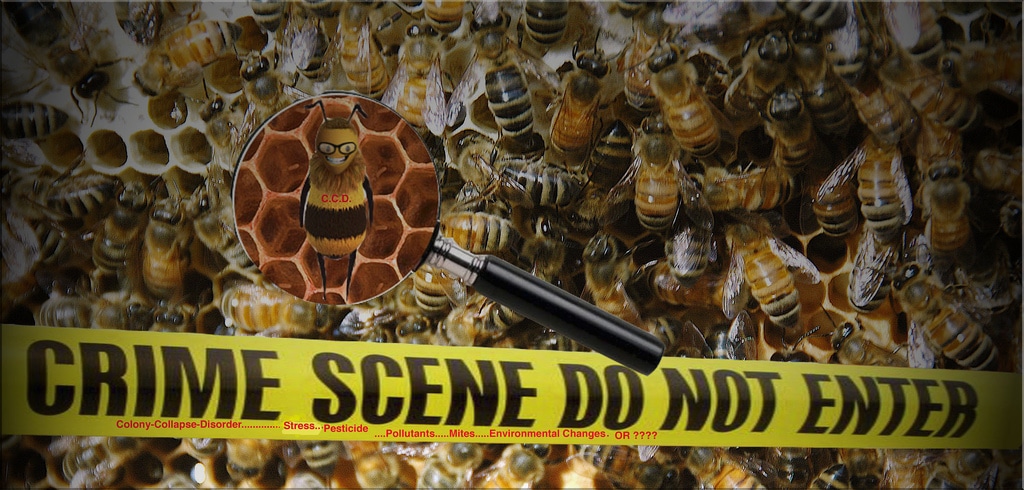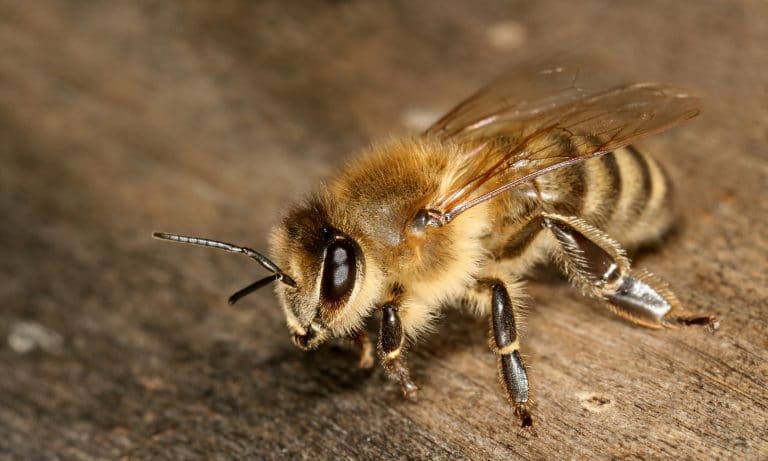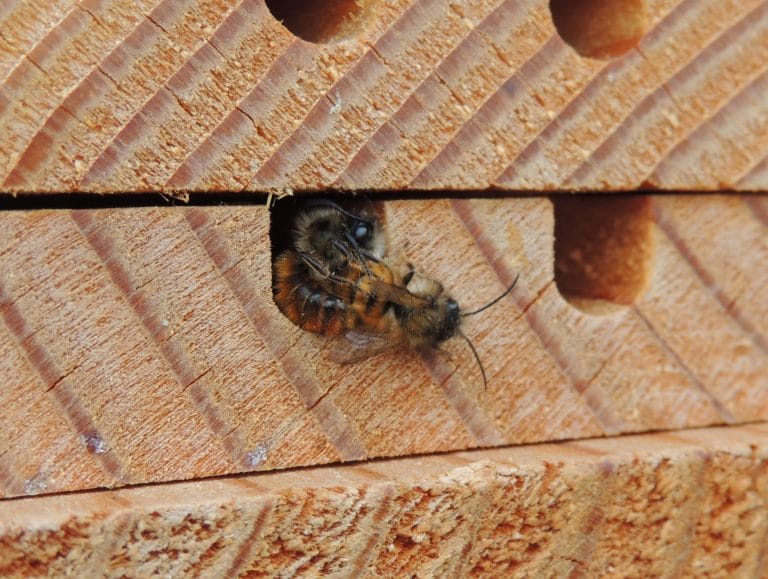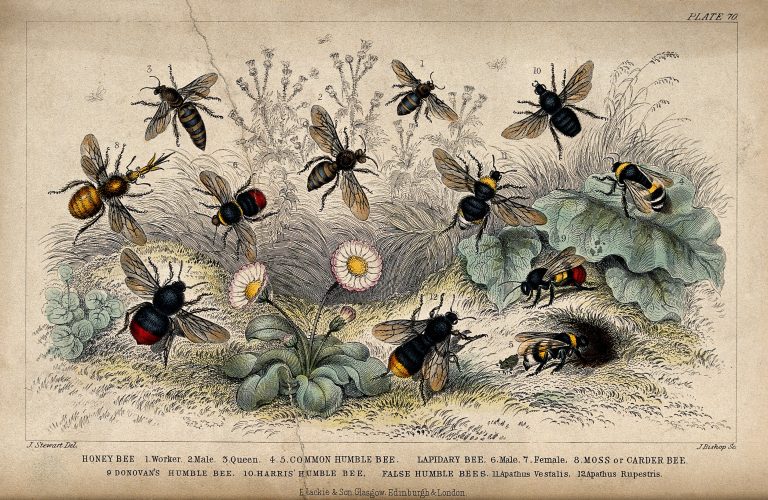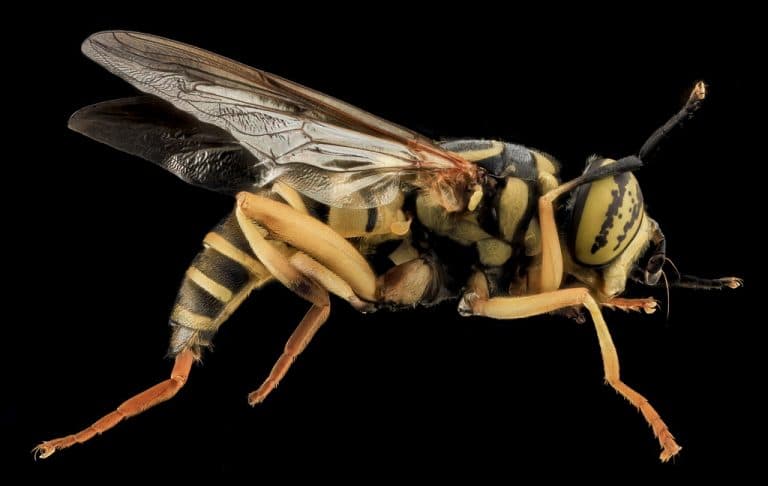Honey Bee Mystery
Since 2006, some beekeepers have had hive populations drop, a lot. Losses were reported at any where from 30 – 90 % of worker bee population across the United States and in some parts of Europe even though there was a live and active Queen, honey in the hive and immature bees present.
This condition has been termed “Colony Collapse Disorder”. Although there have been suggestions that it is being caused by everything from global warming to cell phone transmissions to pesticides to parasites, no one is sure what causes it and they don’t know how to prevent it from happening.
Why should we care about lost bees?
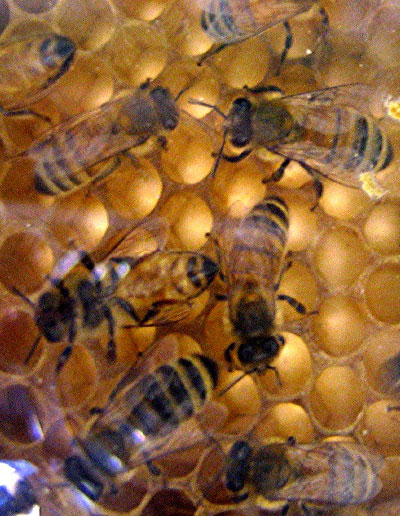
Without bees to pollinate crops the total production for foods such as cashews, almonds, strawberries, coffee, apricots, cherries, flax, squash and pumpkins would drop so radically as to make them unprofitable for farmers to raise. In fact, it has been estimated that approximately 1/3 of everything we eat benefits from bee pollination. That includes plants that are fed to livestock. But it isn’t just about food. It’s also about money. Bee pollination adds $15 billion a year to the agricultural base of the US alone. That takes a lot of bees. Honey bees – although they are not native to the United States – are the easiest to manage for the large scale pollination business needed in agriculture states such as California. No honey bees will mean low crop yields and higher prices for all our food.
Has it happened before?
There have been historical instances of honey bee populations dropping suddenly. In 1903, 2000 colonies in Utah disappeared after a particularly hard winter and a cold wet spring. Was this a case of CCD? In 1995 Pennsylvanian beekeepers lost more than 50% of their colonies without any identifiable cause. Since the 1980’s honey bee colonies have been hit by varroa and tracheal mites, a new virus strain, new insecticides, more pollution in the environment as well as other stresses. Colony Collapse Disorder may be the problem that finally upsets the balance of hive health and puts the honey bee on the endangered species list.
Are there any theories?
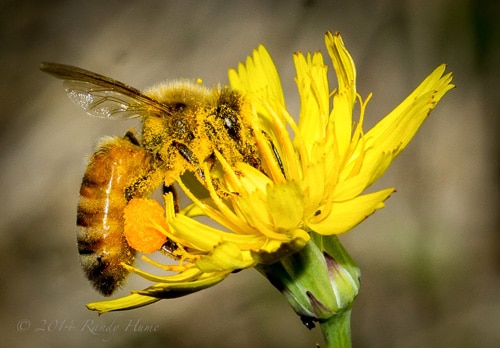
There are three possible causes of Colony Collapse Disorder: pesticides, viruses or parasites, and stress.
We don’t know what effect pesticides have on honey bees. While most are designed to have no effect on pollinators it is possible that something has been overlooked. Perhaps pesticides make honey bees more susceptible to other problems. Perhaps pesticides build up over time in a hive environment until it is lethal.
New viruses or parasites are suspected as well. Although there are many checks when insects are shipped from one country to the next it is possible that a previously unknown bee virus was introduced into the population from an imported colony.
It is known that stress alone can upset the general health of any social insect colony. It is possible that the “right” mix of stressors have weakened colony health, disrupted the normal social system and opened colonies up to further illnesses and stress. Among the things that might contribute to colony stress are poor nutrition in the crops pollinated, over crowding in the hive, scarcity of nectar, limited or contaminated water supplies as well as mites, viruses and pollution. Another factor may be that there are fewer bee colonies being trucked further to satisfy the pollination needs of farmers. This may add the stress of migration and having to rediscover where the food is on a daily or weekly basis.
How can you help?
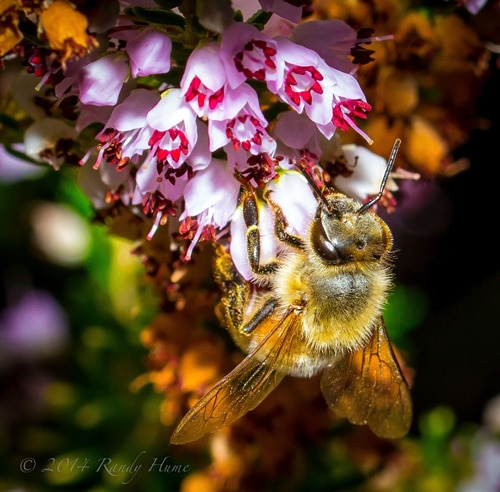
There are a couple of things that you can do to help the honey bees. The first is to be careful when and where you use pesticides. Try not to use them at mid day when honey bees would be out foraging for nectar. Also, don’t use them on flowering plants that have attracted honey bees.
If you have a garden space or yard you can plant things that honey bees love. If you want a natural look you can plant red clover, aster, black-eyed Susan, caltrop, currant, huckleberry, Joe- pye weed, lupine, elder, or goldenrod. In an herb garden you can plant basil, English lavender, marjoram, rosemary, sage or oregano. In a flower bed cotoneaster, foxglove, giant hyssop, globe thistle, sunflowers and zinnias are all loved by honey bees. And don’t forget the bee balm – bees love bee balm nectar.
Honey bees have provided some of the sweetest treats for people around the world for thousands of years. Let’s all work to keep them off the endangered species list so that we can enjoy honey and all the treats made with honey for another thousand years.

Having discovered a fondness for insects while pursuing her degree in Biology, Randi Jones was quite bugged to know that people usually dismissed these little creatures as “creepy-crawlies”.

